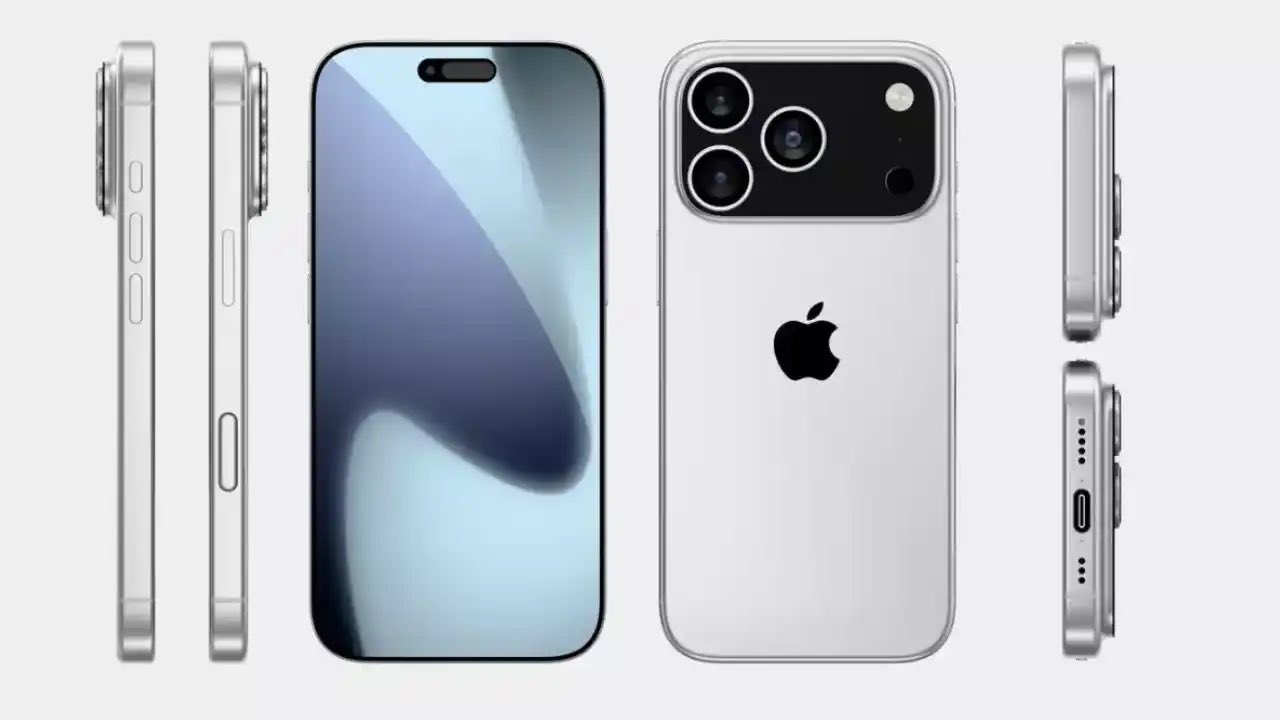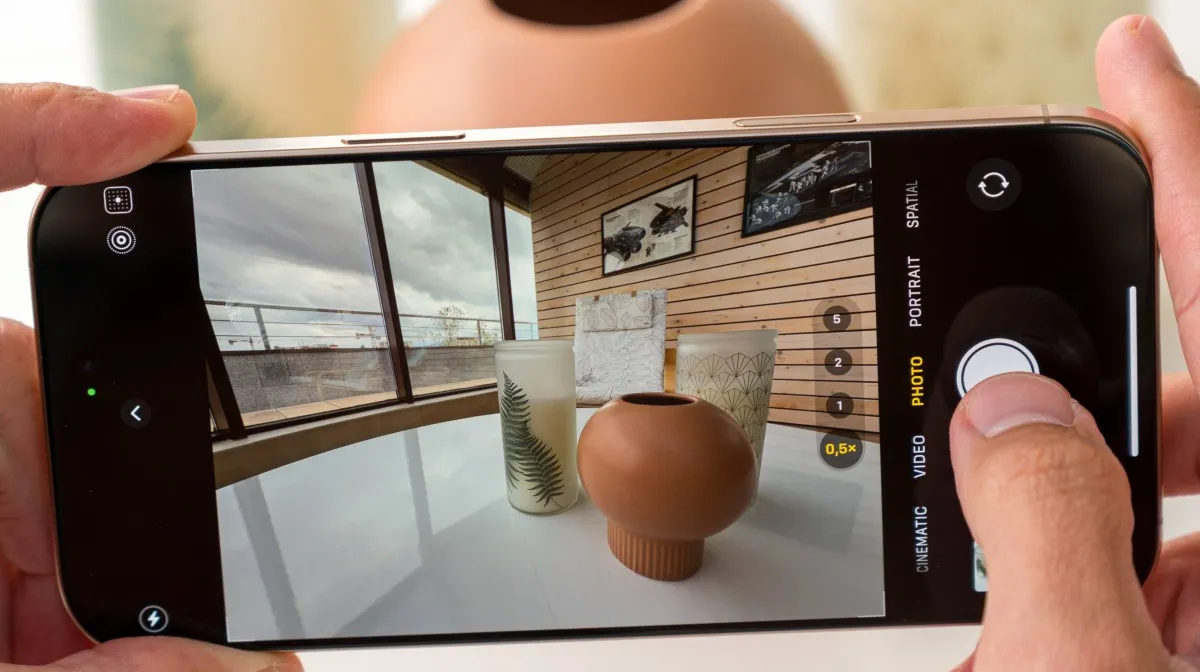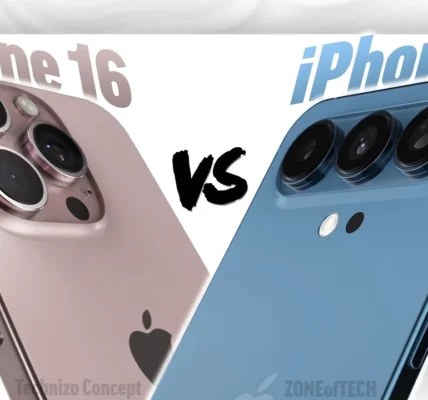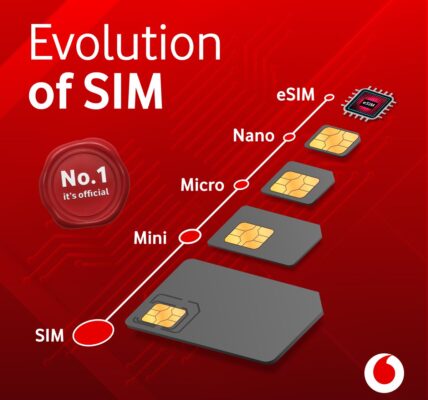Introduction to the iPhone 17
Just when you thought Apple had pushed the boundaries of innovation, the iPhone 17 drops and flips the script entirely. From mind-blowing performance to sci-fi-level design features, this phone is not just an upgrade—it’s a leap into the future. If you think you know what to expect from an iPhone, think again. These 8 surprising facts about the iPhone 17 will leave you in awe.
1. The First iPhone Without Physical Buttons
Apple has been flirting with a buttonless future for years, and the iPhone 17 makes it official. This radical shift eliminates every physical button, from the power key to the volume toggles. Instead, the device uses capacitive touch zones that blend seamlessly with the phone’s aerospace-grade aluminum frame.
Adaptive Touch Surfaces and Haptic Feedback
Thanks to advanced multi-level haptics, each tap on the device is responded to with precise feedback. It doesn’t just buzz—it mimics the subtle, mechanical feel of a real button press. And with Force Touch 3.0, the sensors can distinguish between a light tap, a firm press, or even a swipe gesture for quick actions.
User Reactions and Adaptation
Sure, it’s a learning curve. Long-time users might fumble the first few days, but after that? Most say they wouldn’t go back. It’s smoother, more intuitive, and frankly, futuristic. With no mechanical parts, it’s also less prone to wear and tear, making it ideal for people who keep their phones for years.
2. A Quantum Leap in Processing Power
The A19 Bionic Chip
This chip is a technological marvel. Built on 2-nanometer architecture, the A19 Bionic packs over 16 billion transistors into a sliver of silicon smaller than your fingernail. The result? Blazing-fast speeds, stunning graphics, and AI performance that seems magical.
It supports console-quality gaming, live AI translation, and even real-time video upscaling for older videos in your gallery.
AI-Driven Performance Optimization
This chip learns how YOU use your phone. Always on Instagram after work? The A19 boosts performance during that window. Binge-streaming on weekends? It optimizes battery usage accordingly.
It’s like your phone develops a digital intuition—a personal assistant built into the silicon.
Learn more about Apple’s chip architecture here
3. Advanced Satellite Connectivity
Before iPhone 17, satellite features were limited to emergencies. Now, Apple steps it up with full-scale support for non-emergency satellite use.
Beyond Emergency SOS
Imagine this: you’re camping in the Rockies. No cell towers, no Wi-Fi. With iPhone 17, you can still:
-
Send and receive texts
-
Get GPS updates
-
Receive live weather forecasts
-
Use Find My location sharing
How It Changes Travel and Communication
This is next-gen travel tech. Whether you’re a hiker, photographer, remote worker, or digital nomad, the iPhone 17 gives you peace of mind. Even airlines are starting to adopt this for in-flight messaging, without needing onboard Wi-Fi.
And yes, Apple is reportedly working on basic voice over satellite, expected by the next iOS update.
4. All-Day Battery Life Gets an Upgrade
Battery Chemistry and Smart Charging
Traditional lithium-ion batteries are peaking. Enter lithium-silicon, a next-gen material that holds more charge in less space. Combined with AI-driven battery management, this device anticipates your routines—charging faster when needed, trickling when idle.
In lab tests, the iPhone 17 held up for 27 hours of video playback, and up to 72 hours on low power mode.
Energy Efficiency Features
The display also plays a role. Thanks to LTPO OLED with adaptive refresh rates (from 1Hz to 120Hz), it saves energy by slowing down when you’re not scrolling. It’s subtle, but it adds hours of life throughout the day.
5. New Glass: Virtually Unbreakable
What is “NanoShield” Technology?
Apple collaborated with top materials scientists to invent NanoShield, a dual-layer composite infused with nanoceramic particles. This technology is more flexible under stress and resists scratches better than any glass before it.
Drop Test Results That Shocked Everyone
Real-world testing? You bet. Tech reviewers dropped this phone:
-
From rooftops
-
Down staircases
-
On gravel and pavement
Results? Barely a scratch. Most users call it the toughest iPhone ever—and some even ditched their cases!
6. iOS 19: Reinventing the User Experience
Adaptive UI and Custom Animations
You’ve never seen a UI like this. iOS 19 uses machine learning to adapt the interface based on your grip, hand size, or use case. Using your phone in bed? The brightness dims. Gaming in landscape? Controls shift automatically.
New animations, powered by MetalFX rendering, make interactions buttery smooth, while reducing eye strain during long sessions.
Enhanced Privacy and Security Features
New “Privacy Locks” let you lock apps behind Face ID without closing them. A live privacy report alerts you in real-time if an app accesses your mic or location. Apple’s goal: zero compromise on your personal data.
7. Camera Capabilities That Rival DSLRs
Quad Lens System with 200MP Sensor
This isn’t just more megapixels—it’s smarter pixels. The camera system uses pixel binning to shoot ultra-detailed photos in bright light, and ultra-sensitive ones in low light. Paired with LiDAR 3.0, it delivers studio-quality portraits, even in the dark.
Game-Changing Cinematic Mode Enhancements
Cinematic Mode now uses AI-powered depth tracking, letting you refocus on any object after shooting. You can even export in ProRes HDR for professional editing. Filmmakers? Take note.
8. Eco-Friendly Revolution in Design
Recycled Materials and Sustainable Manufacturing
Apple’s commitment isn’t lip service. Every iPhone 17 uses:
-
100% recycled rare earth magnets
-
100% recycled aluminum enclosure
-
Low-carbon stainless steel frame
Their supply chain is increasingly solar-powered, too.
Apple’s Carbon Neutral Goals by 2030
The iPhone 17 plays a big role in Apple’s goal to make every product carbon neutral. That means zero emissions from production to delivery.
They even redesigned packaging to eliminate plastic—using biodegradable fiber wraps and vegan inks.
Read Apple’s environmental progress report
iPhone 17 vs iPhone 16: What’s the Difference?
Choosing between the iPhone 17 and iPhone 16 isn’t just about having the latest model—it’s about how you use your phone and what you expect from it. Below, we’ll break down the biggest differences by design, performance, camera, battery life, software, and overall value.
Design: From Sleek to Futuristic
| Feature | iPhone 16 | iPhone 17 |
|---|---|---|
| Build | Aerospace-grade aluminum | Recycled aluminum + NanoShield glass |
| Buttons | Physical volume & side buttons | Fully buttonless design |
| Thickness | 7.8 mm | 7.4 mm |
| Weight | 206g | 192g |
The iPhone 17 feels lighter, more modern, and incredibly smooth due to the buttonless edge design. It also introduces NanoShield glass, which not only looks premium but can survive harder drops.
Performance: Beast vs Super Beast
| Feature | iPhone 16 | iPhone 17 |
|---|---|---|
| Chipset | A18 Bionic (3nm) | A19 Bionic (2nm) |
| RAM | 8 GB | 10 GB |
| Neural Engine | 16-core | 20-core |
| AI Optimization | Limited | Dynamic, real-time AI tuning |
The A19 Bionic gives the iPhone 17 a major edge in machine learning tasks, real-time editing, gaming, and multitasking. Think smoother transitions, smarter suggestions, and near-instant load times.
Camera: Pro Camera vs Pro-Level Filmmaker Rig
| Feature | iPhone 16 | iPhone 17 |
|---|---|---|
| Main Sensor | 108MP | 200MP |
| Lenses | Triple | Quad |
| Zoom | 5x Optical | 10x Optical with AI Zoom |
| Cinematic Mode | 4K, fixed depth | 4K, dynamic depth & ProRes HDR |
| Low-Light | Improved | NightVision Mode with LiDAR 3.0 |
For content creators, travelers, or anyone who wants DSLR-quality photos and videos in their pocket, the iPhone 17 camera is a total game changer.
Battery & Charging: Efficiency Meets Longevity
| Feature | iPhone 16 | iPhone 17 |
|---|---|---|
| Battery Type | Lithium-ion | Lithium-silicon |
| Max Video Playback | 20 hours | 27 hours |
| Charging Port | USB-C | USB-C (faster 40W support) |
| Smart Charging | Basic | AI-learned usage charging patterns |
Battery gains may not look huge on paper, but they’re significant in real life—especially with better background power management and adaptive refresh rates on the display.
Software & Features: iOS 18 vs iOS 19
| Feature | iPhone 16 | iPhone 17 |
|---|---|---|
| iOS | Ships with iOS 18 | Ships with iOS 19 |
| UI | Static | Adaptive & personalized UI |
| Privacy | App Tracking Transparency | Live Privacy Report & App Lock |
| Satellite Use | Emergency SOS only | Text, GPS, weather via satellite |
With iOS 19, you get a smarter interface that evolves with how you use your phone. Plus, privacy is taken up a notch with real-time app access alerts and Face ID for individual apps.
Price: Premium vs Ultra-Premium
| Model | Starting Price |
|---|---|
| iPhone 16 | $999 |
| iPhone 17 | $1199 |
While the iPhone 17 is more expensive, it offers tangible upgrades that may be worth it for power users or those who keep their phones for multiple years.
Should You Upgrade? Honest Breakdown
Upgrade to iPhone 17 if:
-
You want cutting-edge tech before anyone else
-
You create content or do a lot of mobile gaming
-
Durability, battery life, and sustainability matter to you
-
You love a futuristic user experience
Stick with iPhone 16 if:
-
You just upgraded last year
-
You’re okay with physical buttons
-
You don’t need satellite texting or DSLR-level photos
-
You’re waiting for a price drop or iPhone 18
Pros and Cons of the iPhone 17
Who Is This Device Perfect For?
Pros:
-
Groundbreaking camera
-
Stronger glass
-
Buttonless design
-
AI-enhanced performance
-
Satellite communication
Cons:
-
Premium price
-
Learning curve with buttonless controls
-
No headphone jack (still!)
Final Thoughts
The iPhone 17 is more than just a phone—it’s a vision of the future wrapped in a sleek, glassy shell. With innovations that push boundaries and sustainability efforts that respect the planet, it’s a win-win for tech lovers and eco-warriors alike. Whether you’re into photography, performance, or just being the first to own the latest gadget, the iPhone 17 delivers on all fronts.
Read Also Skip the Galaxy S25 Ultra? iPhone 15 Pro Might Be the Better Buy
FAQs
1. Is the iPhone 17 really buttonless?
Yes! It uses pressure-sensitive touch panels and haptic feedback instead of physical buttons.
2. How strong is the iPhone 17 glass?
It features “NanoShield” ceramic glass, which is 8x more impact-resistant than traditional smartphone glass.
3. Can I use the iPhone 17 without cellular service?
Absolutely. Thanks to enhanced satellite connectivity, you can send texts and GPS pings even without cell service.
4. What makes iOS 19 unique?
iOS 19 introduces adaptive UIs, personalized widgets, and next-level privacy features to boost usability and security.
5. Should I wait for iPhone 18 instead?
If your current device works fine, waiting might offer even more innovations. But the iPhone 17 is a solid, future-proof investment.




